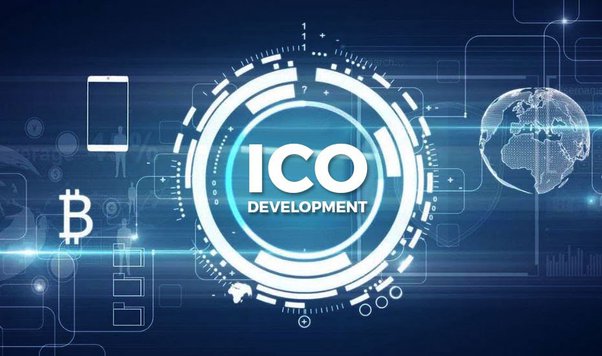Open-source software Wikipedia
Content
- Electricity sector models
- ��✨ Help beginners to contribute to open source projects — firstcontributions/first-contributions
- Open Source Energy Management System
- Are you a new developer? Or maybe even just an old-timer who has been in a company for ten years, working on an…
- Our journey to open source during Google Summer of Code
- Free software
The open energy modeling projects listed here fall exclusively within the bottom-up paradigm, in which a model is a relatively literal representation of the underlying system. We start with community-built open source software that meets the needs, partially or fully, of our customers. Red Hat builds upon these open source projects, hardening security, patching vulnerabilities, and adding new enterprise features. Open source software is developed in a decentralized and collaborative way, relying on peer review and community production. Open source software is often cheaper, more flexible, and has more longevity than its proprietary peers because it is developed by communities rather than a single author or company. At the top of the technology food chain, numerous companies have created billion- and trillion-dollar businesses off the back of open source software. Facebook, for example, was built on open source technologies from the get-go, with the likes of Linux, Apache, MySQL, and PHP serving as the building blocks for what is now one of the 10 most valuable companies in the world.
The open source movement uses the values and decentralized production model of open source software to find new ways to solve problems in their communities and industries. While OSS Capital is mostly focused on pre-series A investments, the COSS space has generated numerous billion-dollar companies in recent years. Investing in an early-stage company may incur higher risks, but the rewards could be significant.
Electricity sector models
The United States NEMS national model is available but nonetheless difficult to use. NEMS does not classify as an open source project in the accepted sense. State-sponsored open source projects in any domain are a relatively new phenomena. The projects listed here are deemed suitable for inclusion through having pending or published academic literature or by being reported in secondary sources. It’s OK to not know about every latest shiny tool or programming language that just came out as long as we have a willing mindset to pick it up as and when needed. Meetups are important to grow our network and meet new people with different ideas and perspectives.
This software might be ‘open source,’ and use the open source development model; but it won’t be free software since it won’t respect the freedom of the users that actually run it. If the open source development model succeeds in making this software more powerful and reliable for restricting you, that will make it even worse. Based on URBS, ficus was originally developed for optimizing the energy systems of factories and has now been extended to include local energy systems.
��✨ Help beginners to contribute to open source projects — firstcontributions/first-contributions
The model uses hourly least-cost electricity dispatch and supports power-to-gas, short-duration energy storage, long-duration energy storage, and demand response. DESSTinEE is designed to investigate assumptions about the technical requirements for energy transport – particularly electricity – and the scale of the economic challenge to develop the necessary infrastructure.
“Many companies open-source non-differentiating parts of their technology to drive adoption for the differentiating, closed-source parts of their technology,” Kam explained. Put simply, licensing is a perennial concern for open source developers across the spectrum. Android is actually based on a modified version of the Linux kernel, arguably one of the biggest success stories to emerge from the open source world. Linux is now used in everything from automobiles to air traffic control and medical devices and is also widely employed in web servers, the most common being Apache.











